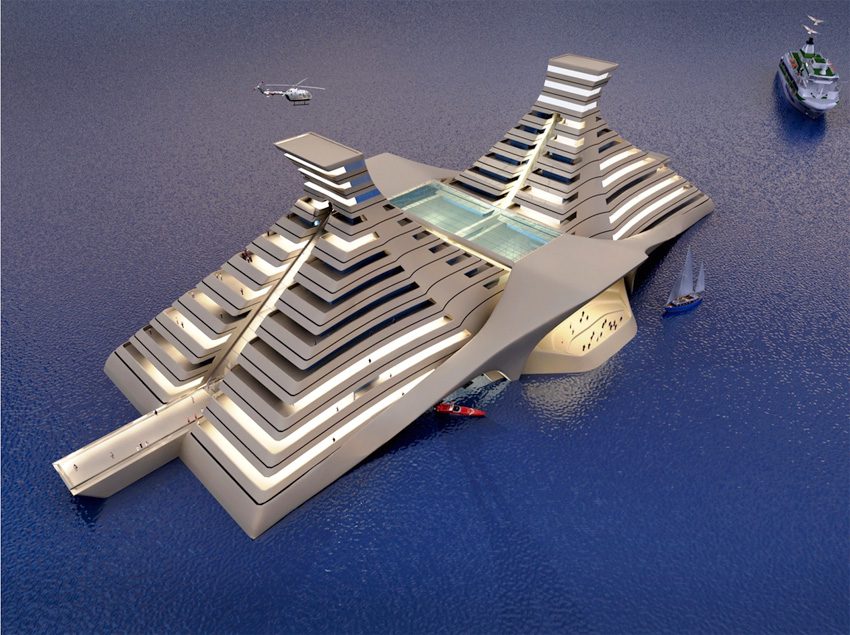Was The World’s ‘Northern-Most Island’ Erased From Charts?
by Kevin Hamilton (University of Hawaii) In 2021, an expedition off the icy northern Greenland coast spotted what appeared to be a previously uncharted island. It was small and gravelly,...




In 2005, M/V Edda Fjord, a platform supply vessel of Østensjø Group, was converted to provide accommodation services offshore Nigeria for a total of 330 people. Therefore, it is considered the first flotel ship. It supported the Bonga FPSO during the onsite construction, hook-up and commissioning of the FPSO facility. Edda Fjord was connected to the FPSO by means of a gangway and took advantage of the dynamic positioning system onboard to maintain a precise and continuous position. In the following years, and as a consequence of the
excellent performance of Edda Fjord, several companies decided to build their own flotel ships.
The flotel ship offers the following advantages compared to a semi-submersible flotel: A flotel ship is considerably cheaper to build and operate than a semi-submersible. A ship has considerably lower costs in moving from one site to another, and moves much faster.
But flotel ships present also one important disadvantage: a semi-submersible is more stable in motions than a mono-hull (ship-shaped) unit and is therefore more suitable for harsh environments. The problem of roll movement can be minimized for a ship with the installation of active anti-rolling systems, such us active tank anti-roll stabilizers. But the heave movement, the main cause of seasickness, cannot be avoided in a ship.
Apart from semi-submersibles and ships, mono-hull barges have also been used for many years to providing extra accommodation for the offshore industries, also offering other possibilities such us heavy lifting or pipelaying. They are normally non self-propelled mono-hull vessels and represent a low cost alternative in benign/intermediate waters.
An advantage is:
Disadvantages are:
However recently, there has been an increasing number of projects of self-propelled barges (at low speeds) with DP systems, which means that they are becoming the preferred solution for many marine contractors. In some cases, jack-up platforms are used as accommodation vessels, but these are limited to shallow waters of a few metres depth.
This is an except of the paper OFFSHORE AND COASTAL FLOATING HOTELS: FLOTELS by M Lamas and L Carral, of the University of Coruna, Spain. Click HERE to download the full document © 2011: The Royal Institution of Naval Architects.
Join the gCaptain Club for curated content, insider opinions, and vibrant community discussions.


Join the 105,417 members that receive our newsletter.
Have a news tip? Let us know.
Access exclusive insights, engage in vibrant discussions, and gain perspectives from our CEO.
Sign Up




Maritime and offshore news trusted by our 105,417 members delivered daily straight to your inbox.



Essential news coupled with the finest maritime content sourced from across the globe.
Sign Up